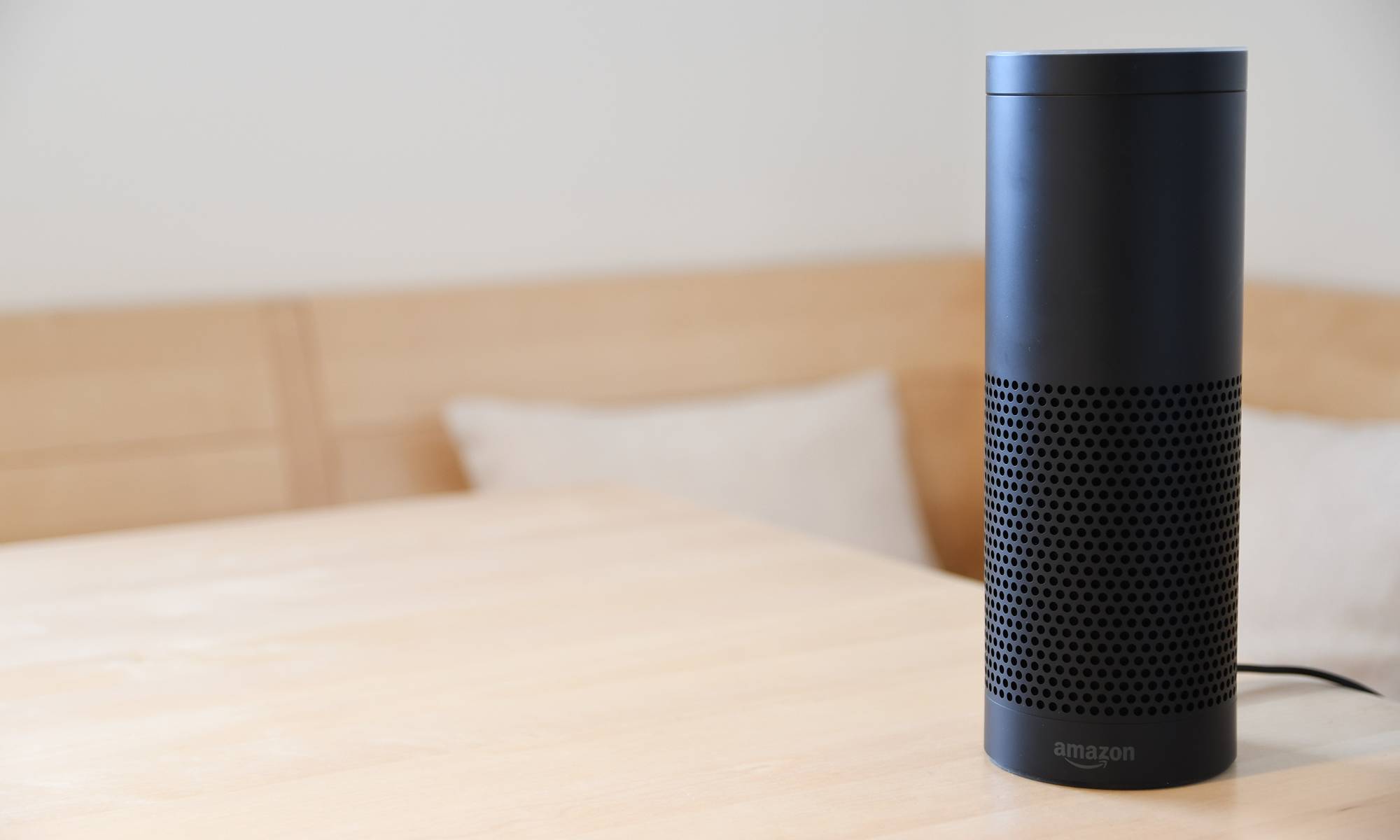Dan Ness, Principal Analyst, MetaFacts, October 19, 2018
Convenience is the surest bet to reach technology consumers. When it comes to voice assistants, convenience must be handy. It shouldn’t be surprising that consumers first choose what’s familiar and close to hand. More are actively speaking to devices they’ve already had before using smart speakers.
Among American adults, five times as many use a smartphone than a smart speaker to access a voice assistant. This is based on results from the most recent wave of TUP/Technology User Profile. Nearly half, 46%, of online adults in the US used a smartphone to access a voice assistant such as Apple Siri. One in five, 20%, used a tablet. Smart speakers, such as an Amazon Echo or Dot were only being used by one in eleven, 9%, of online US adults.
Among those using a smartphone to reach their voice assistant, the median household spending for technology devices and services for the full prior year of 2017 is $4,500. By comparison, those using a tablet to reach their voice assistant average $6,750, and those using a smart speaker average $6,560.
At first glance, it may seem compelling that smart speaker users are much bigger spenders. Their median spending for home technology devices and services is double the average online adult. However, tablets are more compelling. Those who use tablets to reach their voice assistants spend a bit more than smart speaker users, at $6,750. More importantly, they are more numerous. In fact, there are more than twice as many, with tablet voice assistant users making up 20% of online adults.
Looking at total spending, smartphone voice assistant users are putting their money where their mouth is. Although their average spending on technology devices and services is lower than users of tablets or speaker voice assistants, there are so many more of them that their total spending is higher.
Looking ahead
Consumers are still experimenting with voice assistants, regardless of device. Although smart speakers are getting a lot of attention, it’s worth keeping an eye, and ear, on tablets and smartphones. After all, money talks.
About TUPdates
These results are based on results of the MetaFacts Technology User Profile 2018 survey, its 36th consecutive wave.
TUPdates feature analysis of current or essential technology topics. The research results showcase the TUP/Technology User Profile study, MetaFacts’ survey of a representative sample of online adults profiling the full market’s use of technology products and services. The current wave of TUP is TUP/Technology User Profile 2020, which is TUP’s 38th annual. TUPdates may also include results from previous waves of TUP.
Current subscribers may use the comprehensive TUP datasets to obtain even more results or tailor these results to fit their chosen segments, services, or products. As subscribers choose, they may use the TUP inquiry service, online interactive tools, or analysis previously published by MetaFacts.
On request, interested research professionals can receive complimentary updates through our periodic newsletter. These include MetaFAQs – brief answers to frequently asked questions about technology users – or TUPdates – analysis of current and essential technology industry topics. To subscribe, contact MetaFacts.




